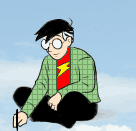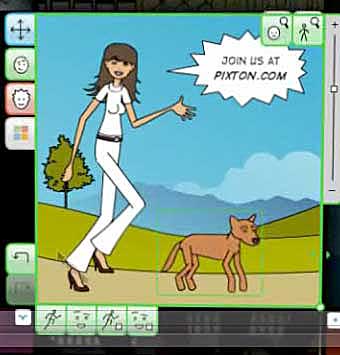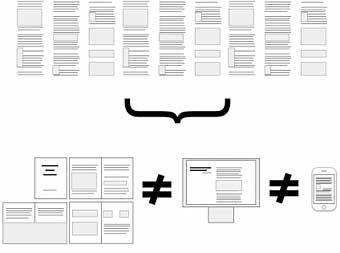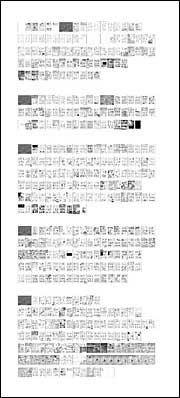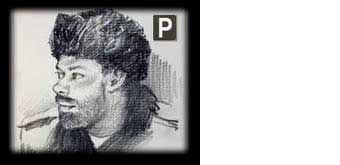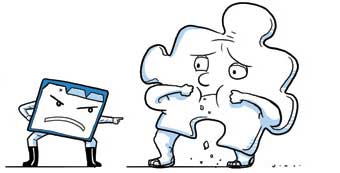Want to draw comics for a living? Watch the video here three times in a row then come back.
How do we feel? Hmm?
Now…want to WRITE comics for a living? Watch. Any difference?
Seasoned vets can make fun of some of the oddball qualities of Clive and Daina Goodinson’s labor of love, but in its current incarnation, Pixton is pretty close to what a lot of young newbies have been asking for for years (I know, I get the emails!) and there’s clearly a lot of thoughtful design work going on under the hood.
Much like the Photo Comic software Comic Life, this appears to be a thoroughly user-centered venture. Users want it. Users will get it. And like Comic Life, I could see this continuing to find a place in classrooms, families, or around the water cooler.
The reaction of a lot of my cartooning peers may be a simple “GYAAAGH!” but this sort of thing never bothered me. The goal posts in the whole “only a human can do it” game are going to be moving a lot this century and I’m happy to dance around them with the rest of the creative community.





